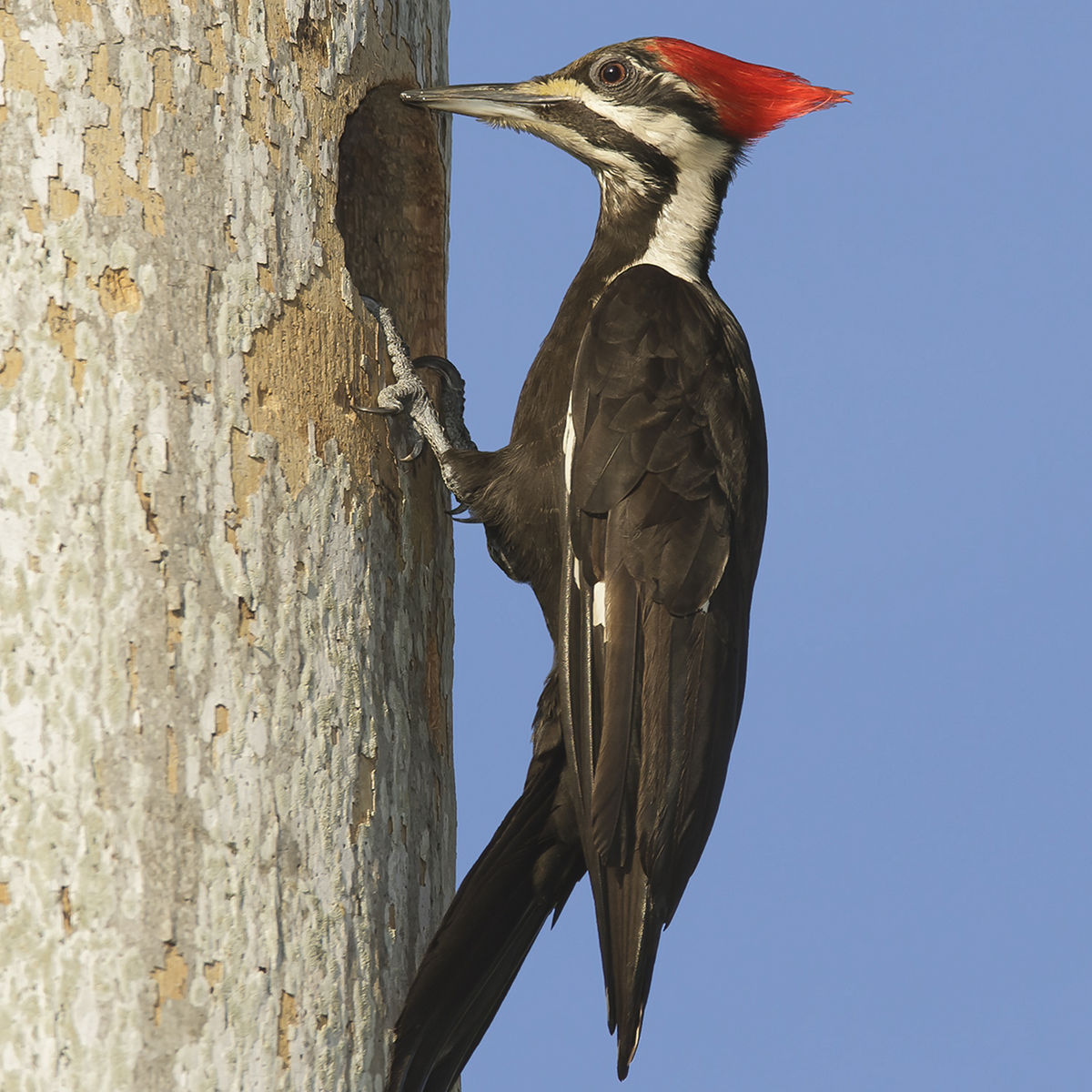Recognizing Woodpeckers in Florida: Habits, Types, and Habitats
Recognizing Woodpeckers in Florida: Habits, Types, and Habitats
Blog Article
Introducing the Secrets of Woodpeckers: Habits, Habitat, and Extra
Woodpeckers, with their special habits and specialized adaptations, have long amazed scientists and nature enthusiasts alike. By uncovering the mysteries surrounding woodpeckers' actions and habitat options, a much deeper understanding of these bird marvels emerges, providing a look right into their interesting world.
Woodpecker Behavior Insights
In taking a look at woodpecker behavior, a remarkable screen of specialized skills and adjustments emerges, dropping light on their remarkable eco-friendly specific niche. Woodpeckers, recognized for their unique drumming on trees, have a range of behavior characteristics that contribute to their survival and success in their atmosphere.
Furthermore, woodpeckers display an unique feeding actions characterized by their capability to extract bugs from tree bark utilizing their specialized beaks. Their long, barbed tongues help in capturing prey, while their solid neck muscles supply security and precision throughout pecking motions. This feeding technique permits woodpeckers to access concealed insect larvae and remove them with amazing performance.
Environment Preferences and Selection
What aspects affect the habitat preferences and option of woodpeckers? Woodpeckers are very adaptable birds understood to live in various atmospheres worldwide. They do show choices for particular habitat qualities. One critical factor influencing woodpecker habitat choice is the schedule of suitable nesting sites. Woodpeckers normally favor woodlands with a mix of mature trees that provide sufficient chances for tooth cavity excavation. These tooth cavities act as critical nesting and roosting websites for woodpeckers and are essential for their reproducing success.
Furthermore, woodpeckers show a preference for habitats with an abundant supply of food resources. They are mostly insectivorous, eating beetles, ants, larvae, and other insects discovered in rotting wood or tree bark. Woodpeckers have a tendency to favor woody locations with a diverse insect populace to satisfy their dietary demands.
In addition, the visibility of dead or rotting trees is another vital aspect in woodpecker habitat option. These trees not only give food sources but additionally provide suitable substratum for tooth cavity excavation. Dead trees are important for the upkeep of healthy woodpecker populaces, as they play a crucial role in the woodpeckers' life process and ecological community characteristics.
Feeding Behaviors and Diet Regimen Make-up
Woodpeckers show a specialized feeding behavior concentrated on foraging for pests within various environments. In enhancement to insects, woodpeckers likewise consume tree sap, fruits, nuts, and seeds, adding variety to their diet regimen depending on the season and accessibility of food resources.
The foraging techniques of woodpeckers are well-adapted to their arboreal lifestyle. Woodpeckers play a crucial duty in keeping the health and wellness of forests by controlling insect populaces and assisting in the decay of wood.
Drumming Sounds and Interaction
Using rapid drumming sounds on numerous surfaces, woodpeckers employ a distinct kind my response of interaction to indicate territory boundaries and bring in friends. This drumming actions is not just a means of communication however additionally acts as a means for woodpeckers to establish their presence within a certain area. The strength, speed, and pattern of the drumming can convey vital info to other woodpeckers in the location.
Woodpeckers use drumming useful content audios to reveal their presence in a region and to caution off potential trespassers. The loud and repetitive nature of the drumming functions as a clear signal to other woodpeckers that the location is already asserted. This helps in lowering conflicts and decreasing physical conflicts in between individuals.

Survival Adaptations and Specialized Composition

Conclusion
Finally, woodpeckers show unique habits, such as drumming sounds for communication, and have actually specialized anatomy for survival in their chosen environments. Their feeding practices and diet regimen make-up better show their adaptability to different environments. By recognizing these elements of woodpeckers, researchers and guardians can better shield and preserve these fascinating birds and their environments.
Report this page